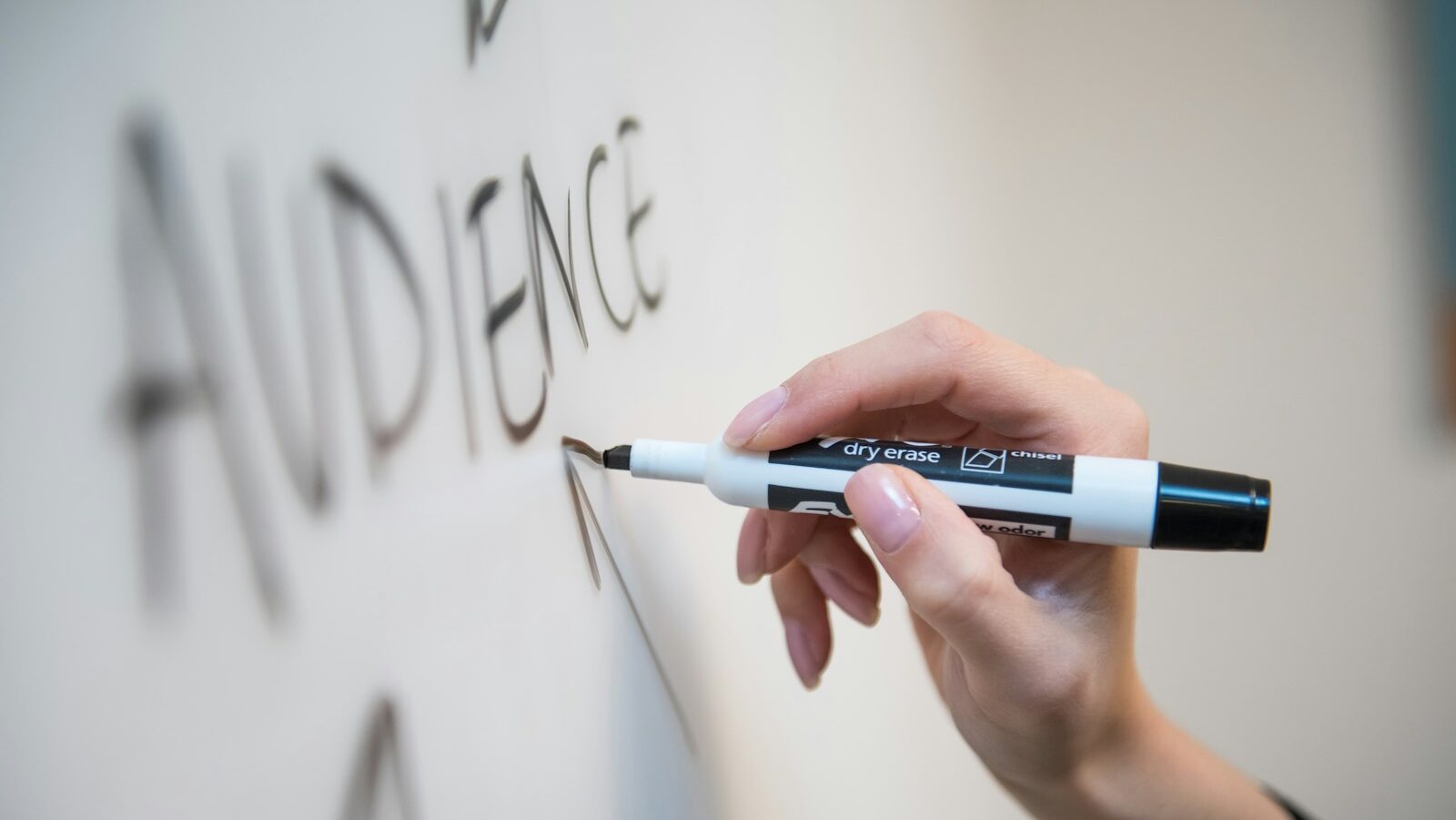Unbounce, a leader in landing page creation and optimisation software, has unveiled its 2024 Conversion Benchmark Report, presenting key insights into the latest trends in digital marketing.
Drawing from over 57 million landing page conversions across various industries, the report sheds light on critical factors that influence conversion rates. The findings are particularly valuable for digital marketers and agencies aiming to improve landing page performance, paid media campaigns, and email marketing efforts.
A notable revelation from the report is the negative impact of complex landing page copy on conversion rates. Unbounce’s analysis shows that difficult words, excessive reading times, and higher reading levels are key contributors to declining conversion rates. The correlation between complicated language and lower conversion performance is now 62% stronger than it was in 2020. This data aligns with research from The Science Survey, which highlights that average attention spans have fallen dramatically—from 2.5 minutes in 2004 to just 47 seconds in 2024.
One of the key takeaways is that simpler, more accessible copy leads to higher conversions. Landing pages written at a 5th to 7th-grade reading level convert nearly twice as much as those written at a professional reading level. Copy at this reading level achieves an average conversion rate of 11.1%, compared to 7.1% for 8th and 9th-grade-level writing, and 5.3% for professional-level content. These findings underscore the importance of using clear, concise language that captures the reader’s attention quickly.
Impact of Mobile and Desktop Traffic on Conversion Rates
The report also examines the divide between mobile and desktop traffic. While mobile devices drive nearly five times more traffic than desktops, desktop users convert at a much higher rate—8% better than mobile users. This trend is especially pronounced in industries such as health and wellness, where desktop conversion rates outperform mobile by 22%, despite mobile devices generating seven times more traffic. Similarly, the professional services sector sees a 40% higher conversion rate on desktops, even though mobile traffic is four times higher.
These findings highlight the importance of optimising landing pages for mobile devices. Despite the growing dominance of mobile traffic, many businesses are not fully investing in mobile-first design, potentially losing out on significant conversion opportunities.
Email Marketing and Social Media Channel Performance
Email marketing continues to perform strongly across most industries, with traffic from email campaigns delivering higher conversion rates than paid search and social media channels. In particular, the ecommerce sector has seen exceptional results, with email campaigns driving a median conversion rate of 28.6%.
Meanwhile, Instagram has emerged as a leading social channel for financial services, with a median conversion rate of 15.5%, outperforming other platforms. This shift demonstrates the growing potential of Instagram as a key platform for driving conversions in specific industries.
CEO Insights on Conversion Optimisation
Steve Oriola, CEO of Unbounce, noted the significance of the findings, particularly the focus on readability and the need for mobile optimisation. “The data in our 2024 report reveals remarkable insights including the importance of readability and shocking lack of investment in mobile-first landing pages relative to traffic volume, highlighting the importance of optimising from all angles,” he said. Oriola emphasised that as consumer behaviour continues to evolve, marketers must adapt their strategies by making incremental, data-driven changes to achieve significant gains in conversion rates.
In-Depth Industry Analysis
The 2024 Conversion Benchmark Report offers a comprehensive view of conversion performance across five major industries: financial services, health and wellness, professional services, SaaS, and ecommerce. The analysis goes beyond raw data, providing actionable insights on how factors like reading level, device usage, and channel performance affect conversions. Marketers can use this information to refine their strategies and boost their return on investment in digital marketing.
As consumer attention spans continue to decline, and the divide between mobile and desktop conversions widens, the report underscores the need for a streamlined approach to conversion rate optimisation. By focusing on simplifying copy, enhancing mobile experiences, and leveraging high-performing channels such as email and Instagram, marketers can better navigate the shifting landscape of digital engagement.


 Whether you want to learn how to use LinkedIn, X or Facebook for marketing, or need to brush up on business skills like leadership, presentation skills or managing meetings, you will find something to enhance your professional skills with these on-demand courses.
Whether you want to learn how to use LinkedIn, X or Facebook for marketing, or need to brush up on business skills like leadership, presentation skills or managing meetings, you will find something to enhance your professional skills with these on-demand courses.